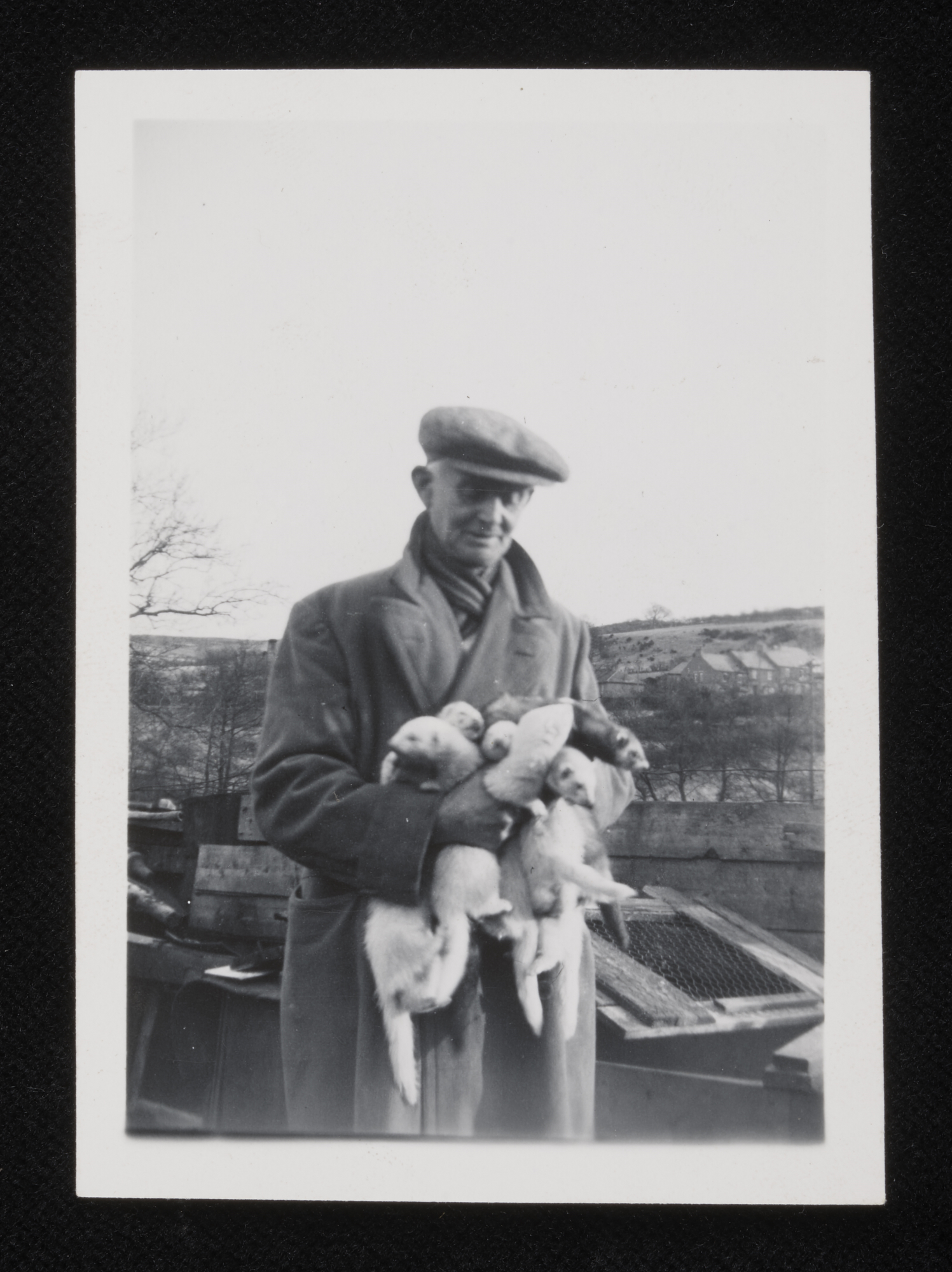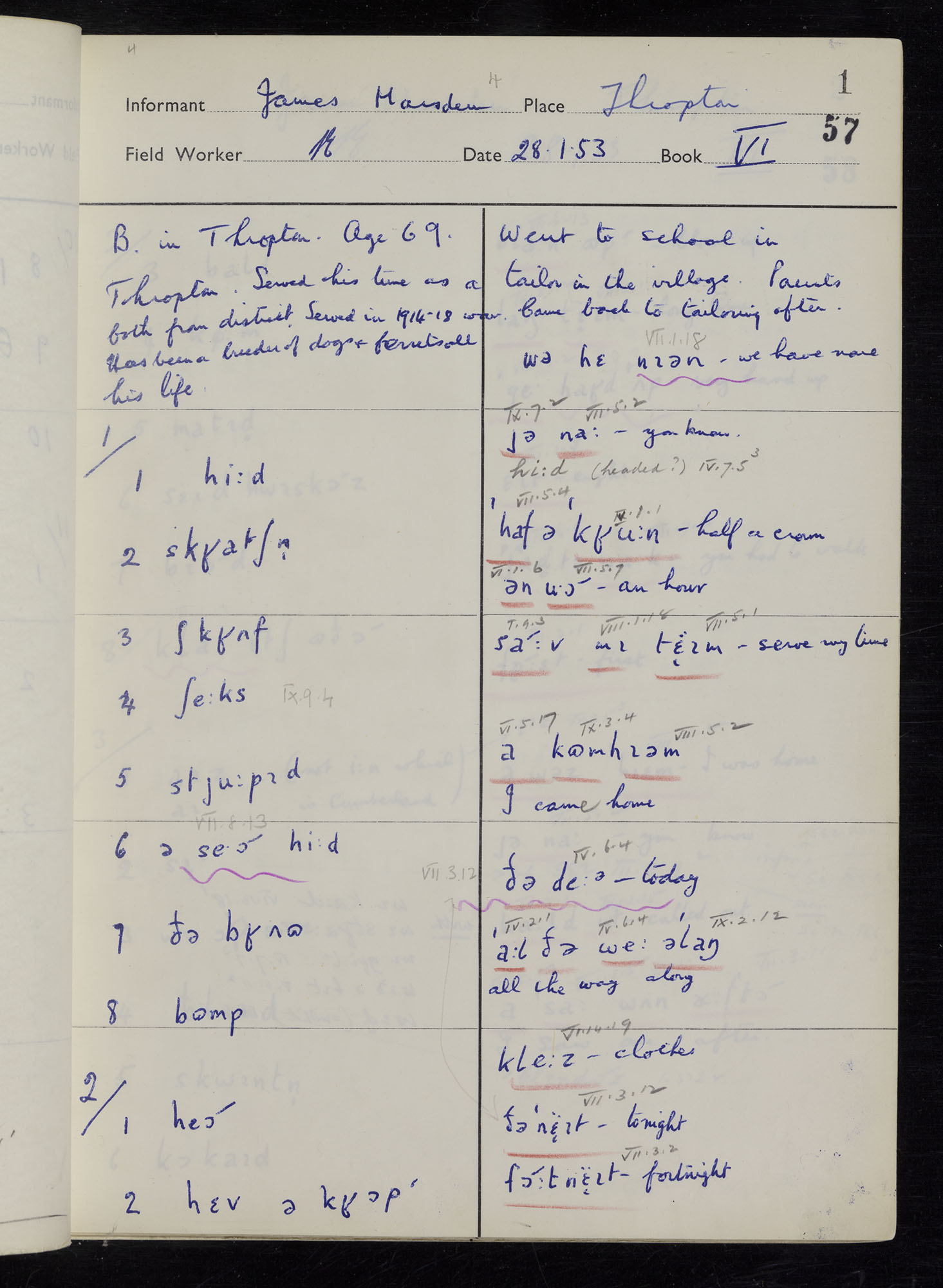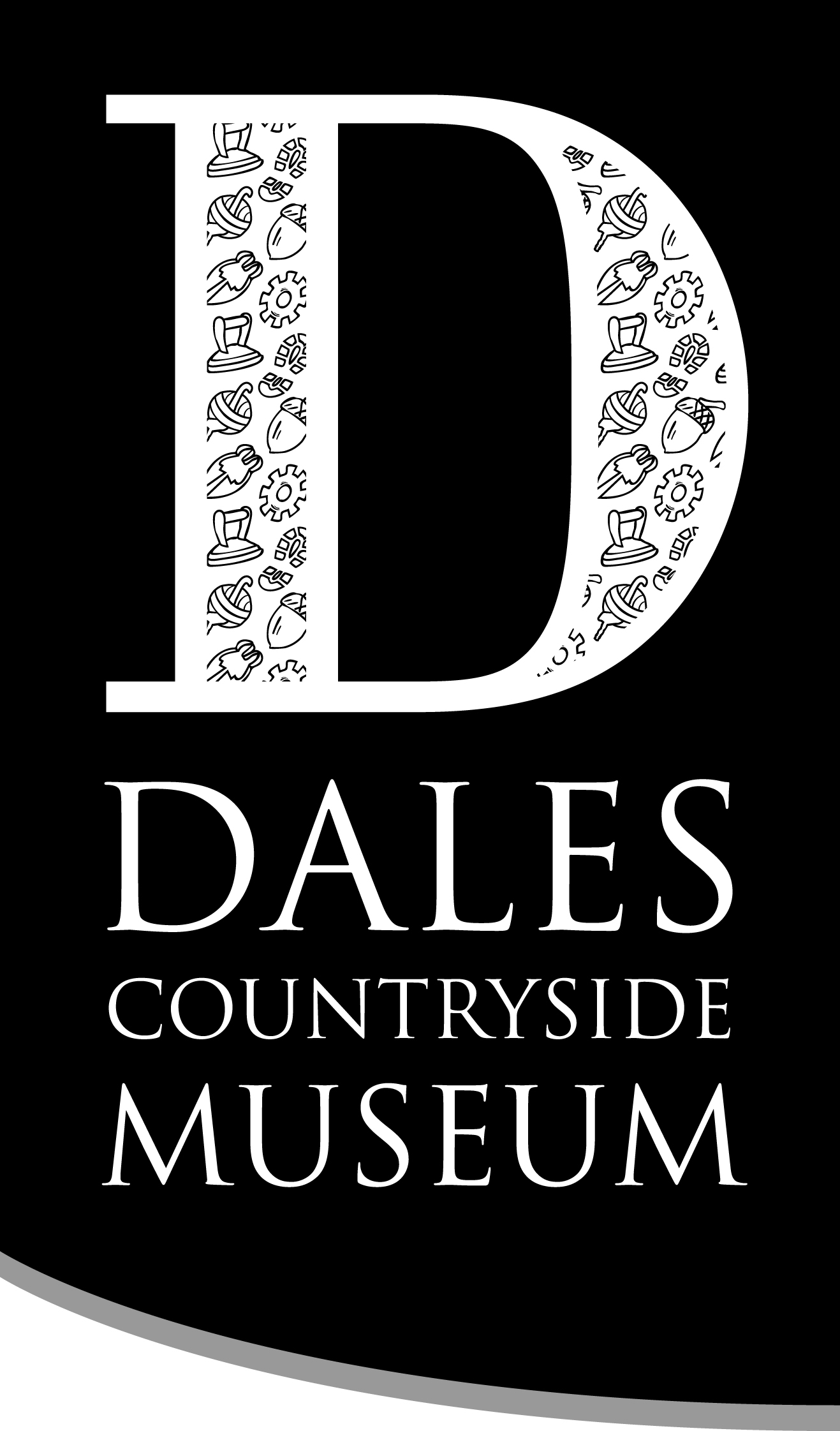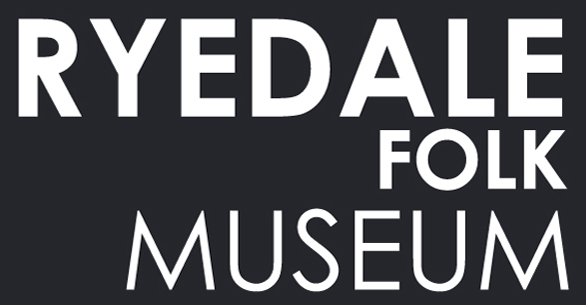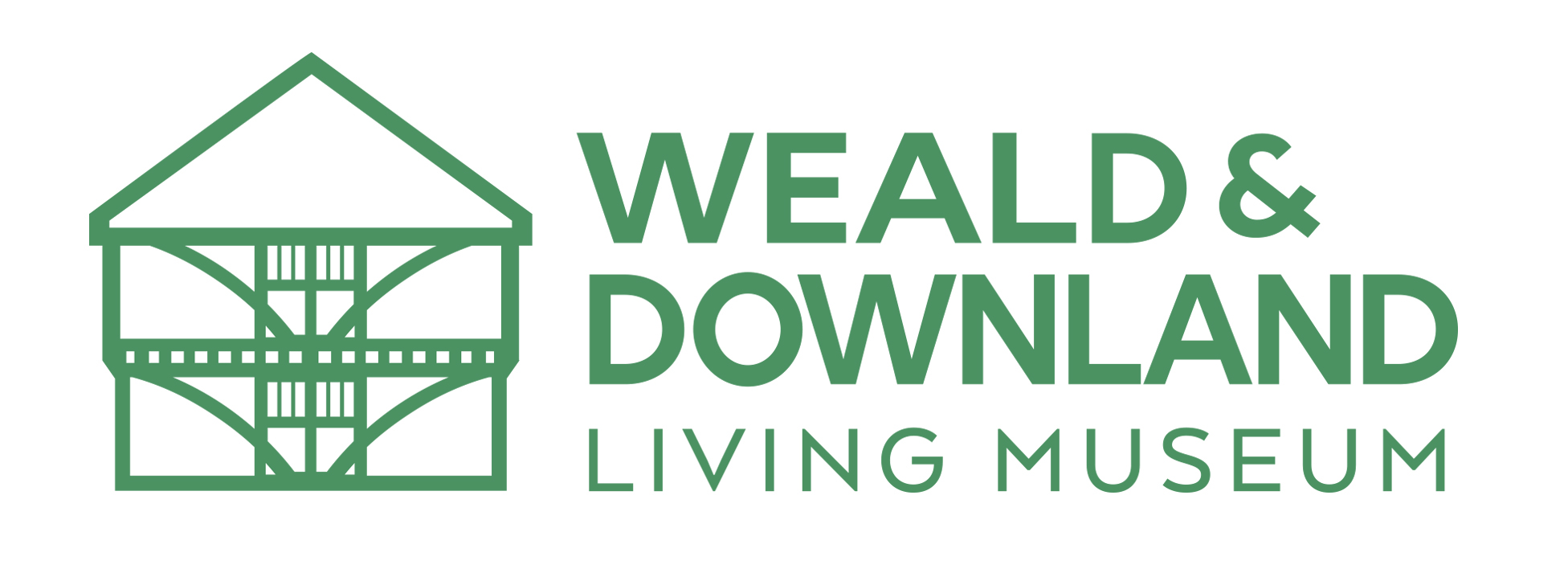The Survey of English Dialects was first imagined in the 1930s. Two professors, Harold Orton from the University of Leeds and Eugen Dieth from the University of Zurich, were discussing the wide range of dialects in England. These dialects, particularly in rural and remote parts of the country, give language scholars valuable clues about how English was spoken in the past – as far back as the Middle Ages. However, there was a growing concern that because of social changes, and because people were moving around more and more, these dialects might become diluted and change forever. Dieth and Orton decided that a survey was needed to make a permanent record of English dialects as they were spoken at the time.
The Second World War put things on hold, so it wasn’t until 1946 that things really got underway. Orton and Dieth had to design the survey, test it out and plan fieldwork all over the country. They also had to apply for money to pay for everything. The many letters and telegrams that survive from the time show that Orton and his colleagues at Leeds had to work very hard to convince organisations to fund the project.
Their hard work paid off and the Survey is still considered to be the most complete study of the dialects of England ever undertaken. Read on to find out more about how the Survey was made and its importance today.



